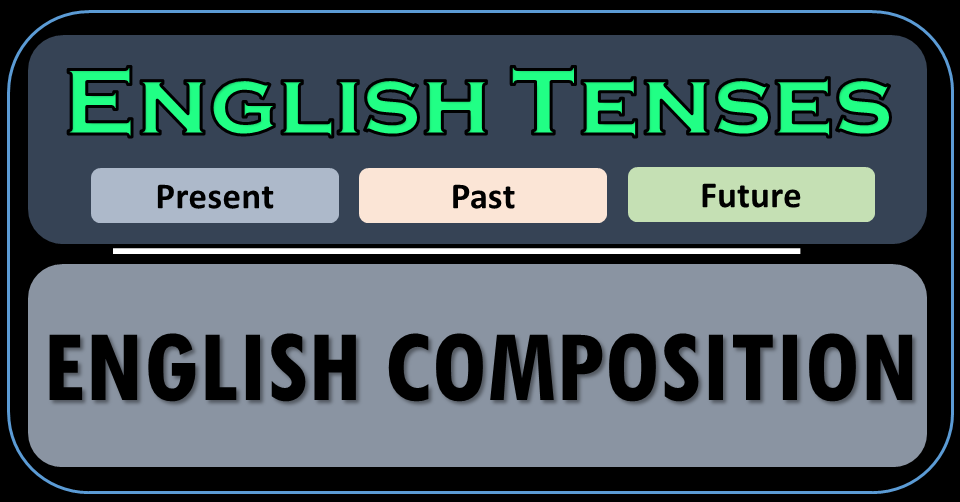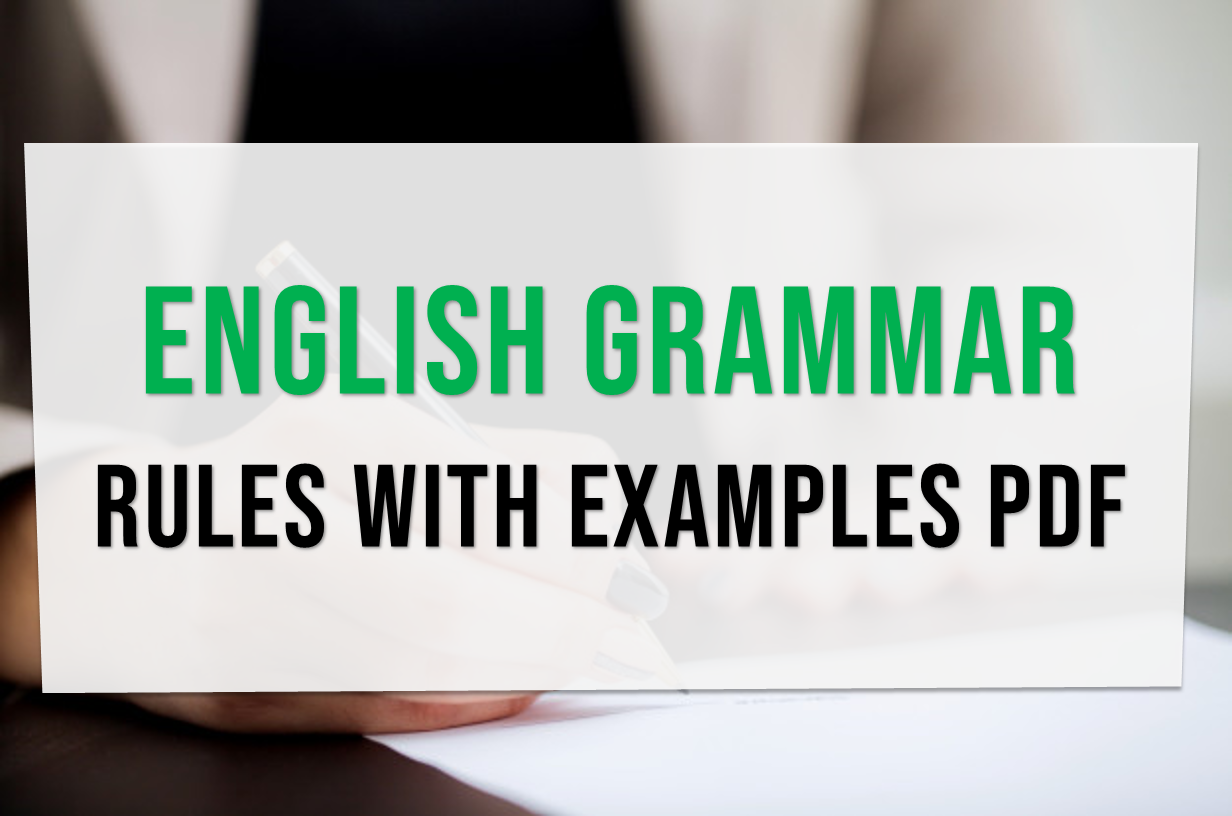Understanding of English Tenses with Basic concepts, Past, Present, Future with Sentences and Examples.
There are three tenses in English grammar.
Present tense
Past tense
Future tense
There are four stages of every tense.
Present indefinite tense
Present continuous tense
Present perfect tense
Present perfect continuous tense
Past indefinite tense
Past continuous tense
Past perfect tense
Past perfect continuous tense
Future indefinite tense
Future continuous tense
Future perfect tense
Future perfect continuous tense
Present indefinite tense
Definition in Urdu: – In an every Urdu sentence last come,
Ta hay, Ti hay, Ta ho etc.
Principle of present indefinite tense in English grammar
First form of verb is used.
Helping verb Do & Does are used.
Do used with (I, we, you, they)
Does used with (He, she, it) (singular disappear)
When (He, she, it) used in simple sentence,
s or es used with first form of verb.
Example: –
He goes.
She eats.
It saves you.
I play.
We weep.
You read
They cry.
When sentence change (Negative, interrogative and Negative interrogative) es remove from first form of verb and used with
Helping verb Do
In Negative sentence Do not & Does not are used.
Example: –
He does not go.
She does not eat.
It does not save you.
I do not write a letter.
They don’t play.
You do not see.
We do not sing
In interrogative sentence Do & Does are used begin of sentence and ? Must used end of sentence.
Example: –
Does he go?
Does she eat?
Does it you save?
Do I write a letter?
Do they not play?
Do you see?
Do we sing?
In Negative interrogative sentence Do & Does
are used begin of sentence
Example: –
Does he not go?
Does she not eat?
Does it you not save?
Do I not write a letter?
Do they not play?
Do you not see?
Do we not sing?
- Where, who, whom, whose, etc, are always used before the
Helping verb Do & Does and ? Must used end of sentence.
Example: –
Where does he go?
Where does he not go?
Present Continuous Tense
Definition in Urdu: – In an every Urdu sentence last come
Raha Hay, Rahi Hay, Raha Ho, etc.
Principle of present Continuous tense in English grammar
First form of verb is used with “ing”
Helping verb (is, am, are) are used.
IS. used with (He, She, It)
Am. used with ( I )
Are. Used with (we, you, they)
Example of simple sentence.
He is going.
She is singing.
It is raining.
I am playing
We are weeping.
You are laughing.
They are crying.
In negative sentence Not is used after
(is, am, are)
Example
He is not going.
She is not singing.
It is not raining.
I am not playing
We are not weeping.
You are not laughing.
They are not crying.
In interrogative sentence (is, am, are) are used begin of sentence and ? Must used end of sentence.
Is he going?
Is she singing?
Is it raining?
Am I playing?
Are we weeping?
Are you laughing?
Are they crying?
In Negative interrogative sentence
(is..am… are) are used begin of sentence
Example: –
Is he not going?
Is she not eating?
Is it not raining?
Am I not writing a letter?
Are you not playing?
Are we not seeing?
Are they not singing?
Question Words Where, who, whom, whose, Whose, How, Why, When, etc, are always used before the helping verb and ? Must used end of sentence.
Example
Where is he going?
Where is he not going?
How am I driving?
Where are you going?



